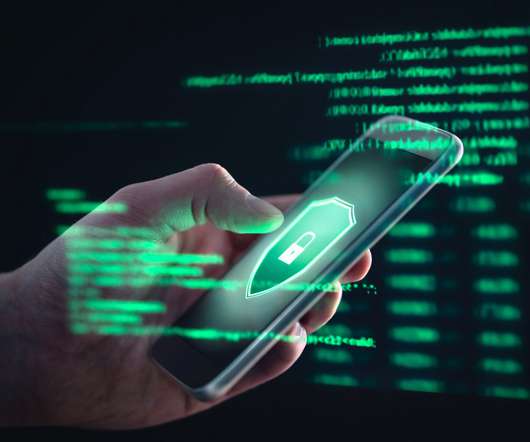Don't plug your phone into a free charging station, warns FBI
Malwarebytes
APRIL 11, 2023
The term was first used by Brian Krebs in 2011 after a proof of concept was conducted at DEF CON by Wall of Sheep. Instead, hackers know that our mobile devices store a lot of PII, which can be sold on the dark web for profit or re-used in social engineering campaigns. Consider any random technology left behind as suspect.











Let's personalize your content